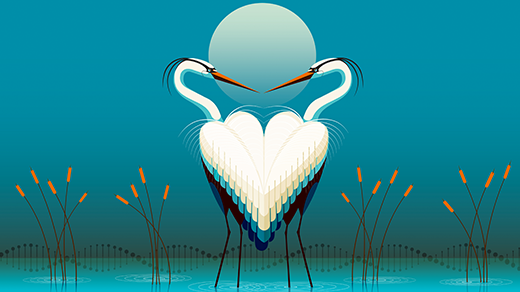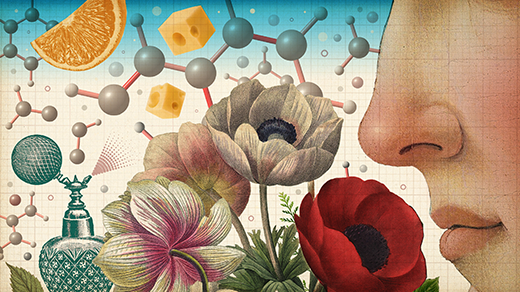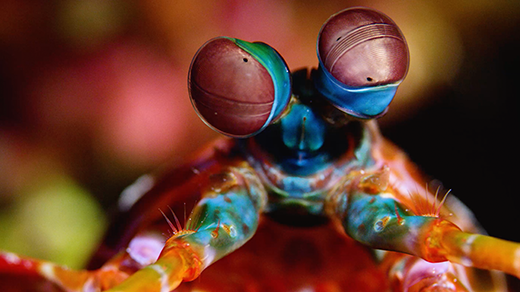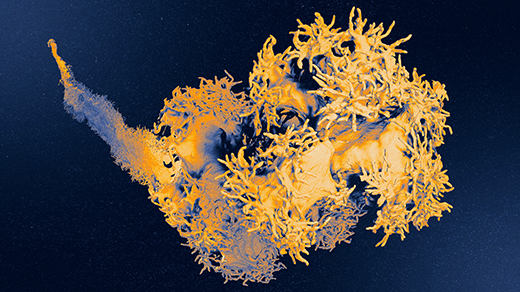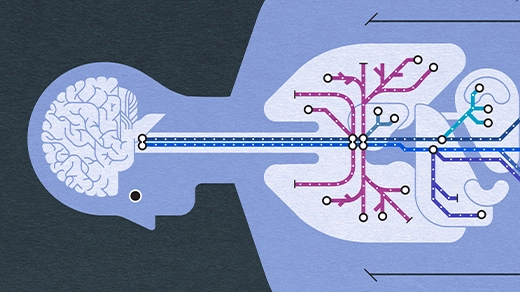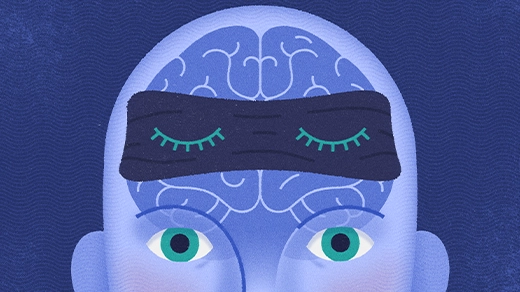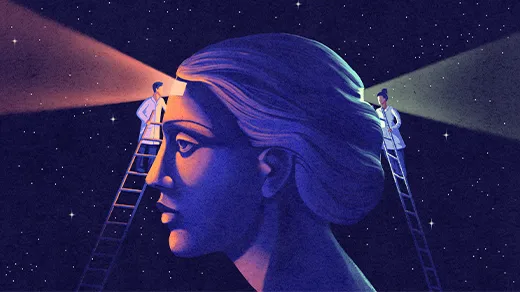What's up in
Perception
Latest Articles
Do Beautiful Birds Have an Evolutionary Advantage?
Richard Prum explains why he thinks feathers and vibrant traits in birds evolved not solely for survival, but also through aesthetic choice.
How Smell Guides Our Inner World
A better understanding of human smell is emerging as scientists interrogate its fundamental elements: the odor molecules that enter your nose and the individual neurons that translate them into perception in your brain.
When Did Nature Burst Into Vivid Color?
Scientists reconstructed 500 million years of evolutionary history to reveal which came first: colorful signals or the color vision needed to see them.
Touch, Our Most Complex Sense, Is a Landscape of Cellular Sensors
Every soft caress of wind, searing burn and seismic rumble is detected by our skin’s tangle of touch sensors. David Ginty has spent his career cataloging the neurons beneath everyday sensations.
How Our Longest Nerve Orchestrates the Mind-Body Connection
Like a highway system, the vagus nerve branches profusely from your brain through your organs to marshal bodily functions, including aspects of mind such as mood, pleasure and fear.
What Happens in a Mind That Can’t ‘See’ Mental Images
Neuroscience research into people with aphantasia, who don’t experience mental imagery, is revealing how imagination works and demonstrating the sweeping variety in our subjective experiences.
Pleasure or Pain? He Maps the Neural Circuits That Decide.
The work of the neuroscientist Ishmail Abdus-Saboor has opened up a world of insights into precisely how much pleasure and pain animals experience during different forms of touch.
Plants Find Light Using Gaps Between Their Cells
A mutant seedling revealed how plant tissues scatter incoming light, allowing plants to sense its direction and move toward it.
What a Contest of Consciousness Theories Really Proved
A five-year “adversarial collaboration” of consciousness theorists led to a stagy showdown in front of an audience. It crowned no winners — but it can still claim progress.
